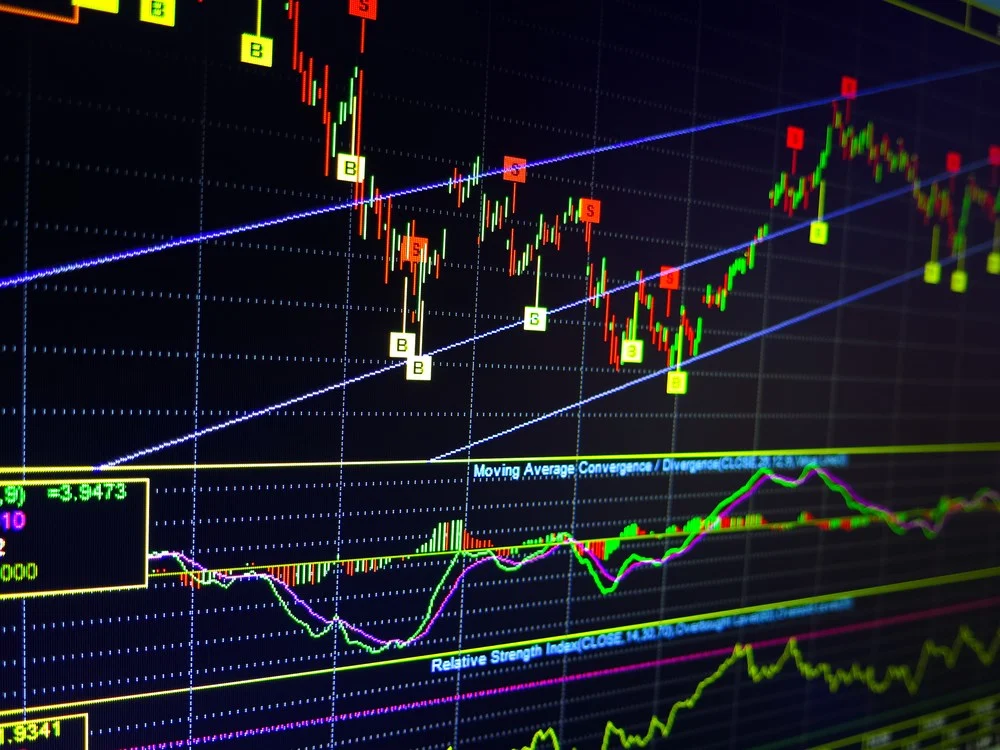The Importance of Volume in Forex Analysis
Summary
Forex traders rely heavily on volume as an important metric to identify market trends and monitor trading strategies. Volume also serves as an invaluable indicator when examining chart patterns. An increase in volume often indicates a bustling marketplace with plenty […]

Forex traders rely heavily on volume as an important metric to identify market trends and monitor trading strategies. Volume also serves as an invaluable indicator when examining chart patterns.
An increase in volume often indicates a bustling marketplace with plenty of purchasing and selling opportunities. A trend which corresponds with rising volume indicates an uptrend, while decreasing volume indicates a reversed direction in price movement.
High Volume
Traders closely track when trading volume increases or decreases as an indication of market momentum. If the price of an asset increases with increasing trading volume, this indicates a strong move on its part.
On the flipside, when prices and trading volume decrease together it could indicate lack of demand for the asset in question and prompt traders to take profits or open positions at lower price levels.
Ideally, OBV trends should resemble those of price trends, meaning when price reaches a local highpoint so should OBV. Divergences between these indicators may indicate an impending change of direction – for instance if OBV increases at the peak of an upswing while price stagnates or reverses; this could indicate momentum has run out and that reversals may soon follow.
Low Volume
Traders can use volume to gauge the strength of a trend. Trading volume tends to rise during price rallies and decrease with price declines; abnormal spikes may signal potential trend reversals.
High trading volume typically indicates strong buyer interest, while lower trading volume indicates seller concerns that could lead to price reversals.
Trading volume and market liquidity are inextricably linked. Liquid markets allow traders to easily buy or sell a currency pair at their desired prices, often leading to greater trading volume that makes executing trades quicker.
Congestion Zones
Charge drivers for entering certain congestion zones during peak traffic hours, encouraging them to use other forms of transportation or opt out altogether – thus decreasing traffic and air pollution while providing revenue streams for road projects.
However, this does not come without its challenges:
Prioritizing paying drivers who enter a zone should be of primary importance. On average, people working in Manhattan tend to earn more than those who work elsewhere and parking spaces tend to be expensive.
One possible solution could be installing devices on the FDR and West Side Highway that detect vehicles entering congestion pricing zones, similar to what has been installed at bridges and tunnels. If vehicles enter and leave within a short period, fees could potentially drop accordingly; in addition, two-way tolling would provide extra flexibility as morning and evening peak periods differ significantly.
Divergences
Divergence analysis is an invaluable skill any forex trader can acquire and employ for risk management purposes. This technique identifies high probability trade setups and confirms signals, while simultaneously providing early warning of reversals or acting as an effective risk mitigation strategy.
Volume increases and prices rise when traders accumulate buy orders; conversely, when volume decreases and prices fall it suggests there are few sellers present, providing for potential distribution events.
Identification and action taken upon discrepancies between volumes traded and market liquidity levels increase the odds of profitable trades for traders, because volume trading provides an indicator of market liquidity – an essential ingredient to successful forex strategies. FX trading differs from other markets by not having an order book to reference – therefore traders must evaluate tick volumes from brokers in order to get insight into supply and demand trends as a measure of depth of the market, suitable for entering or exiting positions.
